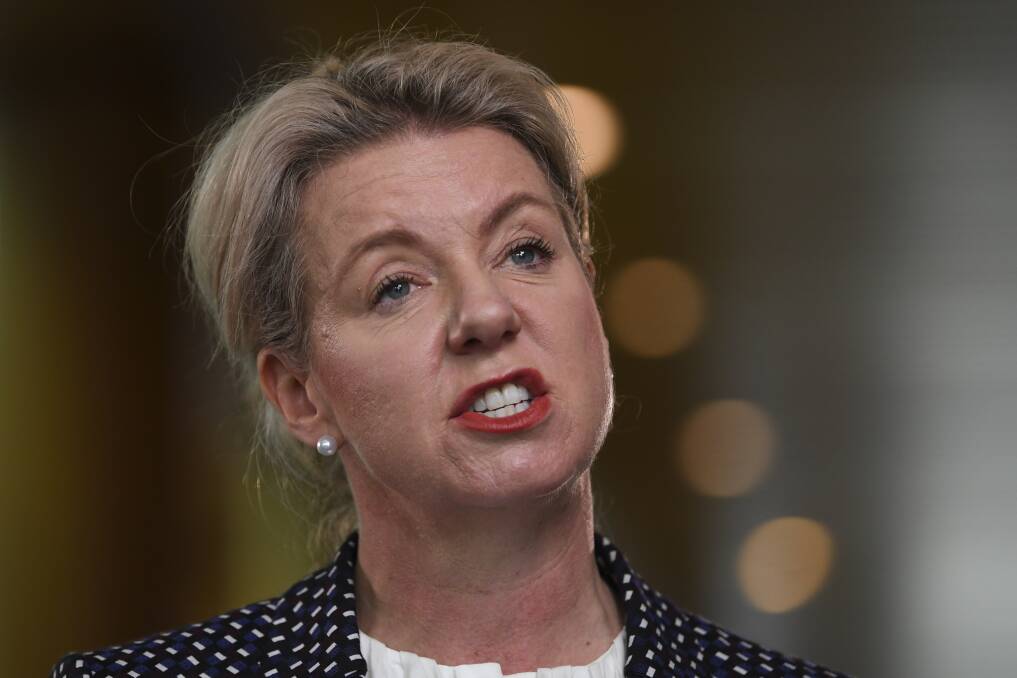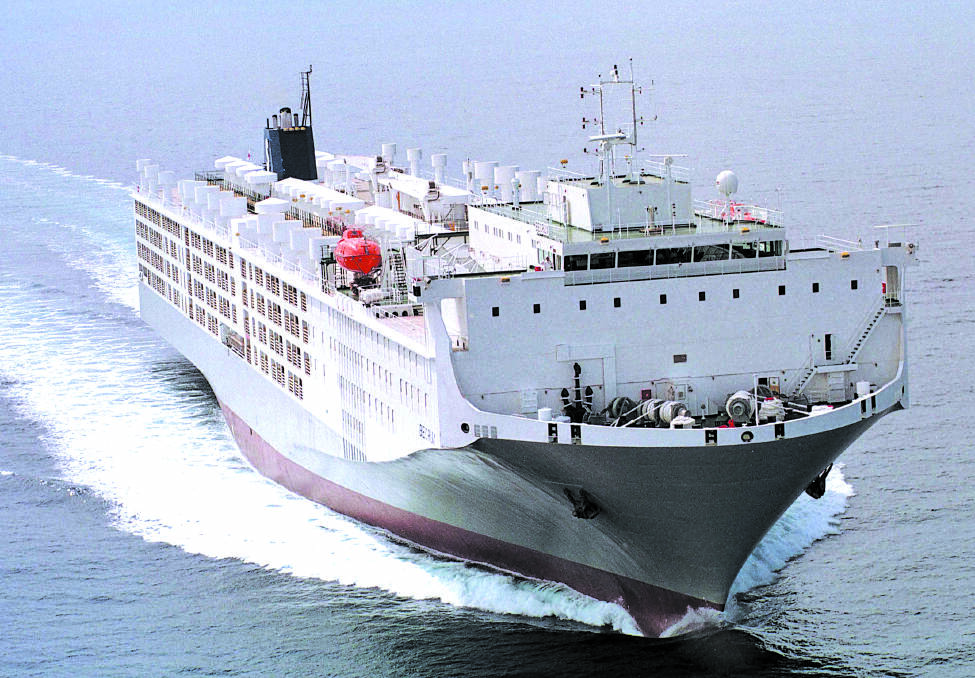
Having no seasonal restrictions on sheep exports to the Middle East is one of four options for the future of the live trade being canvassed by the Federal Government.
Subscribe now for unlimited access to all our agricultural news
across the nation
or signup to continue reading
An 18-page discussion paper has been released for stakeholder comment before Canberra decides whether to continue this year's prohibition which halted exports from June 1 to September 22.
The cessation of exports was aimed at avoiding the risks posed by shipping sheep into the peak of the northern hemisphere summer.
The live trade, worth $259 million in 2017-18, has been plagued by media reports of high mortality rates on board some live sheep ships, particularly on the Awassi Express in August, 2017, when 2400 sheep died from heat stress.
Most sheep are exported out of Western Australia where the trade takes around 30 per cent of WA's annual sheep turn-off.
The first option in the discussion paper is a three-month prohibition during the hottest period of the northern hemisphere summer with the existing heat stress risk assessment (HSRA) model or an approach based on agreed animal welfare indicators used to assess risk in sheep voyages to, or through, the Middle East.
The federal Department of Agriculture could assess the "shoulder" periods of the prohibition on a case-by-case basis when severe weather conditions were forecast.
The second option is to continue the 2019 prohibition period which would allow trade for just over eight months of the year.

Outside the prohibition period, exporters would continue to comply with the additional regulatory requirements under the Middle East Order during the northern summer and any further changes that may arise from the Australian Standards for the Export of Livestock (ASEL) sea review.
Option three is to implement a revised HSRA model with risk settings based on heat stress thresholds or agreed animal welfare indicators which would be applied to all sea voyages.
This option would lower the risk of sheep suffering heat stress in any given month.
Using a revised HSRA model or an approach based on agreed animal welfare indicators could significantly reduce volumes of sheep permitted to be exported to the Middle East during the northern hemisphere summer.
The magnitude of impact would differ across different classes of sheep, ship ventilation efficiency and at different times of the year.
The final option is for no prohibition and and to regulate live sheep exports during the northern hemisphere summer in accordance with requirements implemented under the Middle East Order, and any further changes that may arise from the ASEL sea review.
The existing HSRA model would continue to determine stocking densities for voyages, however initial analysis by the department indicates this may have little impact on allometric pen space allowances.
Federal Agriculture Minister Bridget McKenzie said that live sheep exports were an important part of Australia's agricultural sector and underpinned 3450 jobs across rural and regional Australia.
"Feedback on the discussion paper will inform a Regulation Impact Statement (RIS), which will determine the future regulation of live sheep exports to, or through, the Middle East during the northern summer months from 2020 onwards."
The discussion paper is available for comment online until October 28 at: haveyoursay.agriculture.gov.au


